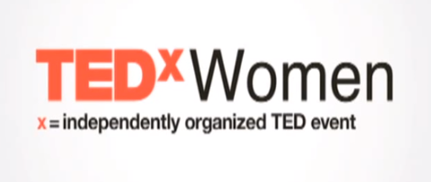I am hearing a lot these days from leaders who want their staff/teams to be independent workers who are highly productive with not a lot of need for assistance from them. They want them to think on their own, but know what they, the leader wants from them. Often this is their idea of giving them the freedom to use their talents without needing to be micro-managed. But the reason I am hearing about it as their conflict coach is not because of how well it’s going, but because of all of the inner and outer conflict it is creating.
So, I check in. What structures are in place to ensure that they understand what they are doing, what is expected, when it is expected and to determine how much progress is being made to make it to successful completion? That’s when I hear it. “Well, I gave them instructions and told them when I needed it by and they said they understood.” “Lynne, I really want this to be a company where they feel like they have autonomy and freedom so I can do the work that I need to do.”
And that is when I have to deliver the news that Freedom Needs Structure and the work that you have to do as the leader is to deliver that structure. Big sigh, air let out of the freedom balloon…
But here’s the good news. When you create and maintain that structure, everyone feels safe enough to be free and create.
Here’s my short checklist to begin:
√ Before you even communicate anything to your team/staff, know what you need, why and when and put it in writing.
√ Establish regular/consistent/structured meetings with the team and stick to them no matter what. Knowing that these are scheduled, come hell or high water, will allow them to know when they can bring issues and progress reports to you without having to constantly interrupt you (think endless emails) or schedule time with you.
√ Give clear, concise instructions both in writing and stated verbally.
√ Check in for understanding with a question like: can you summarize for me your understanding of what I am asking for?
√ Establish regular/consistent/structured check-ins with each team member that reports directly to you. There may be issues or questions that are best discussed individually and you also want to build individual relationships. Personal check-ins are important. People are not just workers. They are human beings with things going on in their lives that may or may not affect their focus and productivity. Care about that side of them. Get clarity and understanding whether it is something traumatic happening in their life so that you can work together on a plan for both their self-care and the work to get done.
√ Be a skilled listener at all meetings. Listen for understanding, feelings and values. This allows you to know about any potential conflicts and need for additional support. It also allows you to know what is important to them and how that aligns with your company values and vision.
√ Handle conflicts early. Engage in conversations when they are happening. Most of us are avoiders. We need to be engagers in order to prevent or put out fires before they burn the house down.
When conflicts and stress happen, the first thing leaders want to scrap is the structure of meeting with their team and individual staff regularly. It is a mistake. You need to go for the long term investment of establishing the structure to communicate early and regularly, create relationship and safety in order for people to feel free enough to know what is expected and how they can creatively use their talents to fulfill it.
Now that’s real freedom.
Take the Leadership Assessment Quiz here to find out how healthy or unhealthy your team is.





